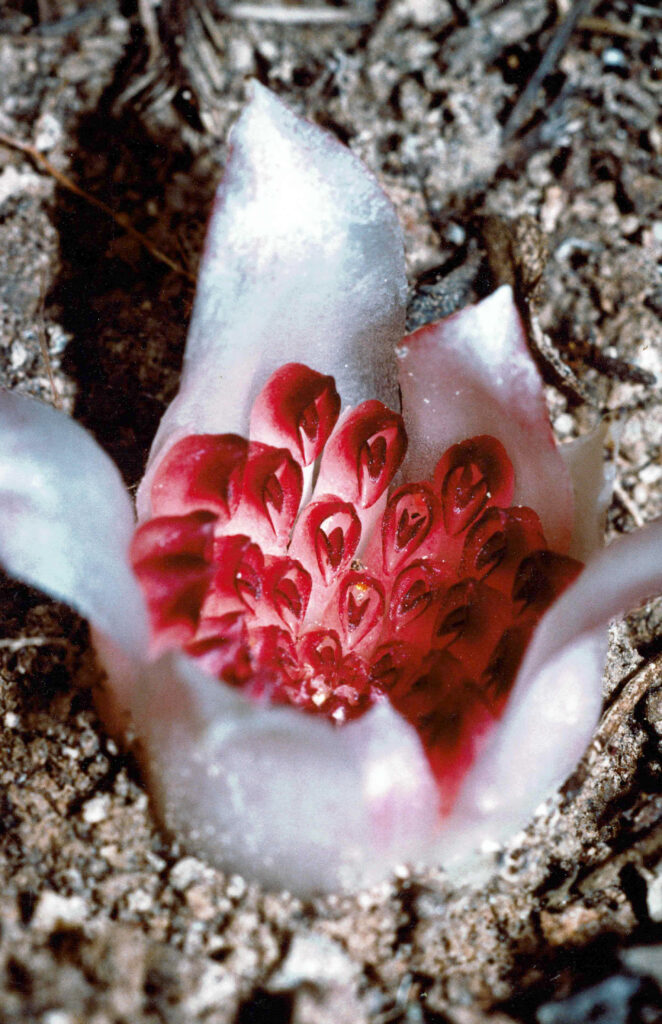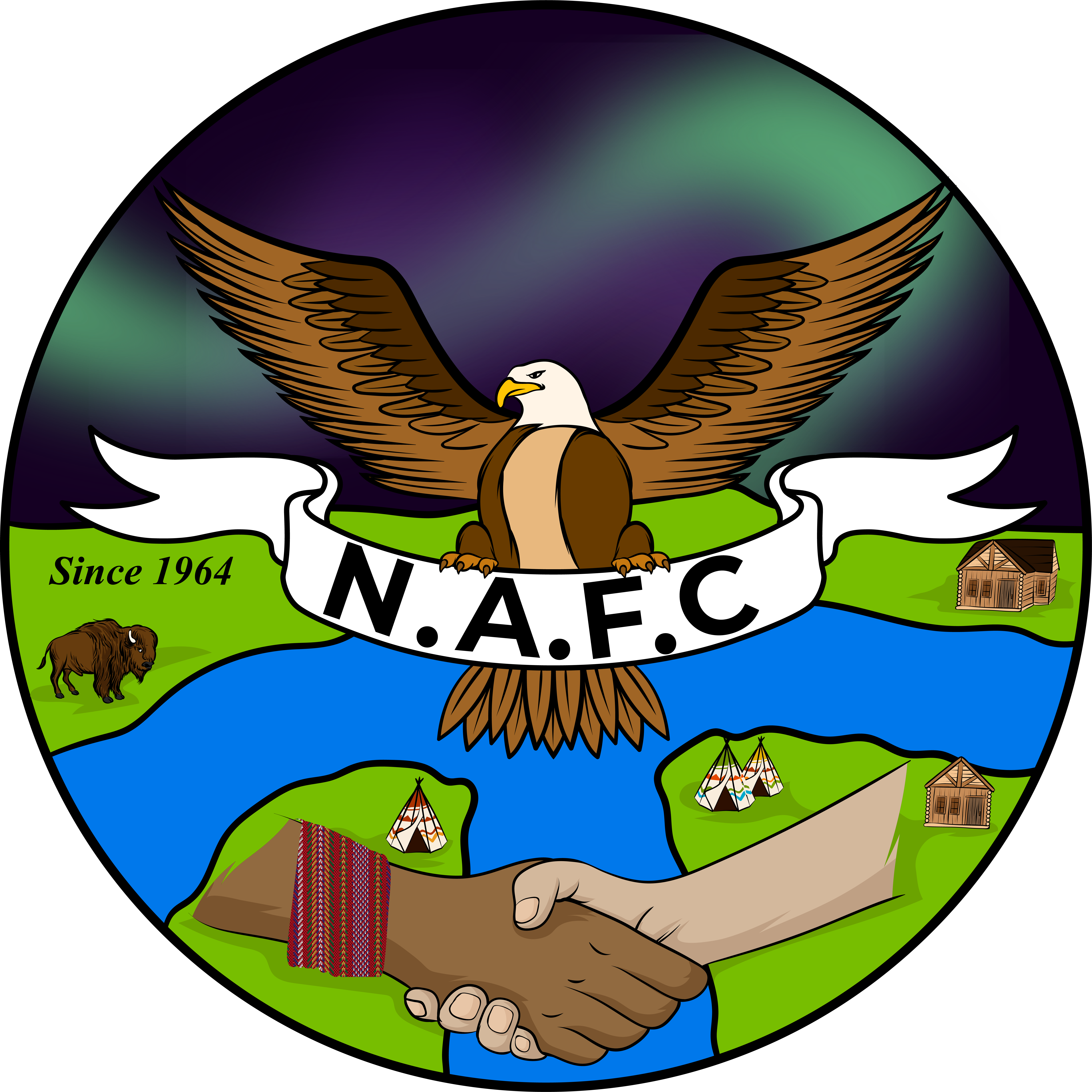- info@paragonsoil.com
- 780-434-0400
- Hazard ID
Blog
In November, Paragon hosted four students from the ALES Faculty at U of A as part of a mini-internship over the fall reading week break. The students met with our President, Lee Waterman, attended a soil lab, and learned about Paragon’s various work scopes, such as vegetation and wetlands, soil monitoring and construction, bioengineering, and soil mapping and GIS. We had a lot of fun and hope to do this again next year!
December 2, 2022
Fun Fact: If a pollinator is spending too much time drinking nectar, a flower will smack it with a stamen to encourage it to move along.
In some flowers, pollen-containing mobile stamens snap forward when a visiting insect’s tongue touches the nectar-producing parts. Linnaeus first observed these “mobile stamens” in 1775 but no one has been able to explain their purpose…until now.

A team of researchers from China recently found that plants use rapidly moving stamens to enhance the turnover of bees and flies on their flowers, thereby reducing their nectar costs per successfully transported pollen grain. In their study on barberry flowers, insects visiting flowers with immobilised stamens stayed 3.6 times longer and removed more nectar than those visiting flowers with mobile stamens. They also found that insect visitors deposited pollen from flowers with mobile stamens on about three times more flowers, and on flowers further away, increasing the likelihood of reproductive success for the plant.
Sounds like a pushy waiter at a restaurant… truly a-pollen’ behaviour. They should bee ashamed.
If you’re interested in reading more, see their paper here: https://elifesciences.org/articles/81449
October 28, 2022
We were able to raise $2,600 for the Nistawoyou Association Friendship Centre this year in honour of Truth and Reconciliation Day. The Friendship Centre promotes positive relationships between Indigenous and Non-Indigenous peoples which helps communities reach their full potential – click here for more info about NAFC and the great work they do: https://nistawoyouafc.com/
October 20, 2022
Fun Fact: There is a genus of orchid in Western Australia that spends its entire lifecycle underground…including flowering.
Unsurprisingly, it’s really hard to find. The first species, Rhizanthella gardneri, wasn’t discovered until 1928 when a farmer ploughed his field and found the strange, fleshy, leafless plants (see below). As of 2020, there have been five species described, but they are considered to be critically endangered and their locations are kept secret.

Since they spend their whole lives underground and away from the sun, species of the genus rhizanthella (from the Greek: rhiza [root], and Anthos [flower]…root flower) have given up their ability to photosynthesise and instead rely on a complicated, multi-species relationships to survive. Rhizanthella species are mycotrophic (plants that get all or part of their carbon, water, or nutrients from fungi), but the fungus that it relies on also has a mycorrhizal relationship (fungi that have symbiotic relationships with plants) with the broom bush shrub, which it relies on for photosynthesized carbohydrates. The relationship is so critical that the seeds of the orchid will only germinate when infected by a fungus that is actively “mycorrhizing” with the broom bush.
When it flowers, the blooms typically stay several centimetres below the soil surface, with the very tips of the flowers poking through the surface only occasionally. We don’t know who pollinates it, how many there are, why they have bothered to keep their chloroplasts…
We’re completely in the dark on this one…researchers are practically buried in work… ok, no m-orchid-ding around…
October 14, 2022
Thank you to our sponsors and employees who helped us raise $1,820 for YESS this year during the Paragon staff golf tournament. You’re all the best, by par 😉
October 6, 2022
Fun Fact: Mushroom houses are coming and they know if you’re feeling cold.
An international team of researchers and industry partners from the UK, Denmark, Italy, and the Netherlands are working on a new type of smart building grown from mycelium (the root-like structures of fungi) that is capable of adaptively reacting to changes in light, temperature, and air pollutants. The Fungal Architectures (FUNGAR) Project brings together architecture, computer science, mycology, and industry experts to integrate living fungi into a structurally and environmentally performing building fabric.
FUNGAR started when Professor Adamatzky, Director of the Centre of Unconventional Computing at UWE Bristol, discovered that fungi respond to external stimuli such as changes in lighting and temperature with spikes of electrical activity. The objective is to build a building that will be able to recognise lighting levels, chemicals in the environment, the presence of people, and touch. Acting as a massively-parallel computer, the building will control connected devices like lights and heaters depending on the environmental conditions. By using mycelia as both an integrated structural and computational substrate, the building will have low production and running costs and embedded artificial intelligence. It will also be made from natural materials, lightweight, waterproof and recyclable when it reaches the end of its life.

Mycelium-based building products have been on the market for a while already, but existing approaches involve growing the fungi to the required shape (e.g., bricks, blocks, or sheets), and then drying them to produce a stable, inert, but no-longer-living composite. The living building material for the FUNGAR Project will act as its own parallel computer for environmental regulation and adaptation.
I hope they build their building… There’s so mushroom for development in this emerging field. I’m sure there are lots of people willing to champignon their work…and they shouldn’t have any truffle publishing…
If you’re interested in reading more about FUNGAR, you can find their website here: https://www.fungar.eu/
September 29, 2022
In honour of Truth and Reconciliation Day and our partnership with the McMurray Metis Local 1935 community, Paragon will match up to $5,000 in contributions to the Nistawoyou Association Friendship Centre in Fort McMurray.
https://www.canadahelps.org/en/pages/truth-and-reconciliation-day/

September 5, 2022
This year’s AIA Banff Conference will be held October 30 to November 1, 2022 with the theme of “Regulatory Reform, Knowledge, and You”. Click on the link for more information:






